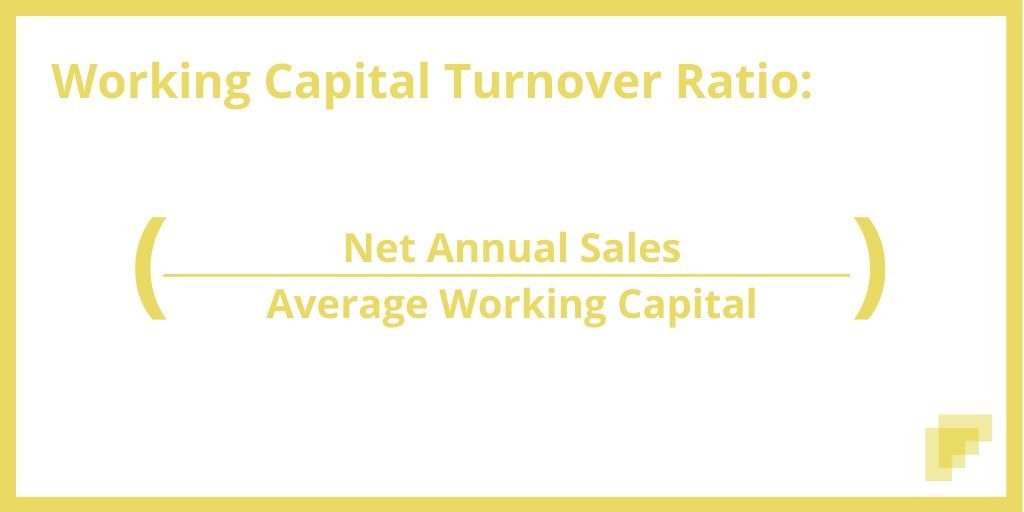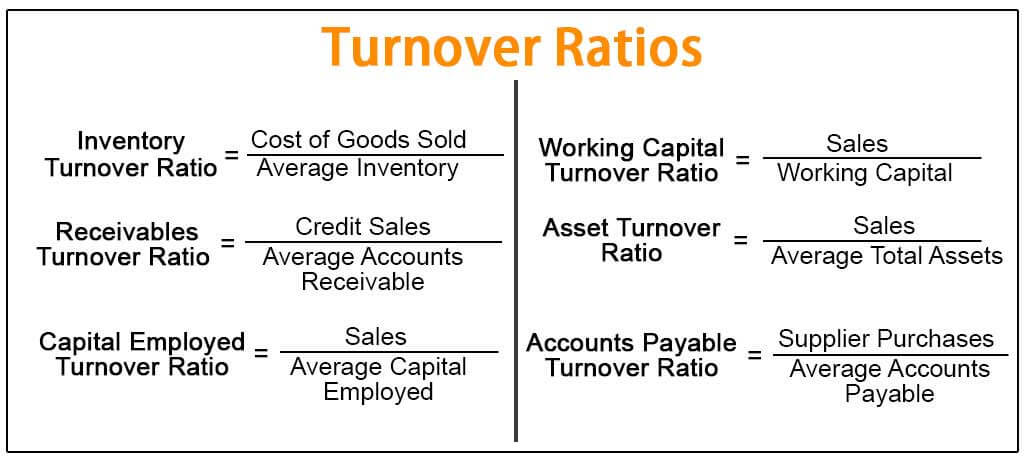
To bring context and to see why this metric is so important for measuring business efficiency, let’s take a look at a few examples. A lower than the desired ratio shows that the working capital is not optimally used to generate sales & optimization may be required. In case of a very high ratio, it is also certain that the company may not be able to meet the sudden increase in demand due to limited working capital. small business accounting bookkeeping and payroll Companies may perform different types of analysis such as trend analysis, cross-sectional analysis, etc. to find out effective utilization of its resources, in this case, working capital. More often than not, a high working capital turnover is a good sign for a company as it means that the operation of the company is efficient. The dynamics of working capital turnover are different for different industries.
- Review all of the costs you incur, and identify areas where costs can be reduced.
- The working capital for Hindalco for the two respective periods is 9634 and 9006.
- Companies may perform different types of analysis such as trend analysis, cross-sectional analysis, etc. to find out effective utilization of its resources, in this case, working capital.
- If possible, make tweaks to constantly improve your business’s working capital turnover ratio.
Interpreting WCTR Results
Working Capital Management ensures that your company operates smoothly throughout your net operating cycle which is also known as the cash conversion cycle. This is the amount of time required to convert your net current assets and liabilities into cash. If Company A doesn’t have enough working capital to cover its obligations, the lack of funds can result in the liquidation of assets, potential bankruptcy, and legal issues. Typically speaking, a high working capital turnover ratio may give you a Competitive Edge in your industry. Because it indicates you use your working capital more times every year, the idea is that money is flowing in and out of your business quite well. Because of this, you have more spending flexibility which helps to avoid financial trouble.
Experience better expense management, today.
For example, a service company that doesn’t carry inventory will simply not factor inventory into its working capital calculation. These actions can help free up cash and improve the company’s cash flow position. Companies focus on inventory management while also paying close attention to accounts payable and accounts receivable to help them efficiently manage their working capital. Another way to use the working capital turnover ratio is to track its trend over time.
How To Calculate The Working Capital Turnover Ratio
Let’s look at a couple working capital turnover ratio examples to bring some context as to why this metric is so useful for measuring efficiency. Yet just having working capital at your disposal doesn’t guarantee that you’ll be making effective use of this essential resource. That’s a whole other matter, one that can be assessed by a metric called “working capital turnover,” also known as the working capital turnover ratio. Grant Gullekson is a CPA with over a decade of experience working with small owner/operated corporations, entrepreneurs, and tradespeople.
Make your money work for you

The more sales you can generate per dollar of working capital you spend, the better off you are. It’s typically considered a good thing to redeploy your working capital more times per year to gain your year’s net sales figures. It means that money is easily flowing in and out of your business and is working to make you more money. Low – Lower working capital turnover ratio means that the business is not generating sufficient sales relative to the working capital employed.
Doing so shows how you compare against your competitors and will push you to design more efficient uses for your working capital. All assets of the business should yield their maximum return for the owners, so it is important to monitor any changes in the working capital turnover ratio. By implementing JIT inventory practices, negotiating better credit terms, and automating order processing, they reduce their WCTR to 3.8. A WC turnover ratio is generally confirmed as being higher or low when compared to similar businesses running in the same industry. The working capital turnover ratio may also be misleading when a business is Accounts Payable are incredibly high. This may indicate that the company is having difficulty paying bills as they come due.
Take your average current assets and subtract your average current liabilities. In summary, real-life examples demonstrate how the WCTR provides actionable insights across diverse industries. Whether optimizing inventory, managing receivables, or fueling growth, understanding this ratio empowers businesses to make informed financial decisions. Remember, the WCTR isn’t just a number—it’s a strategic tool for enhancing operational efficiency and achieving sustainable success. The times interest earned ratio measures a company’s ability to make interest payments on all debt obligations.
To reduce short-term debts, a company can avoid unnecessary debt, secure favorable credit terms, and manage spending efficiently. In conclusion, the working capital turnover ratio is a vital financial metric that can help companies assess their efficiency in using their working capital to generate revenue. By analysing this ratio, companies can identify areas for improvement, plan for future expenses and revenue growth, manage cash flow, and evaluate their performance. The working capital turnover ratio reveals the connection between money used to finance business operations and the revenues a business produces as a result.
Overall, the working capital turnover ratio is an important tool for managing business operations. By analysing this ratio, a company can improve its efficiency, plan for the future, identify inefficiencies, manage cash flow, and evaluate performance. By using this ratio to its advantage, a company can improve its financial position and achieve its growth objectives. Before you can calculate your working capital turnover ratio, you must first figure out your working capital. To calculate your working capital, take your current assets and subtract your total current liabilities.







